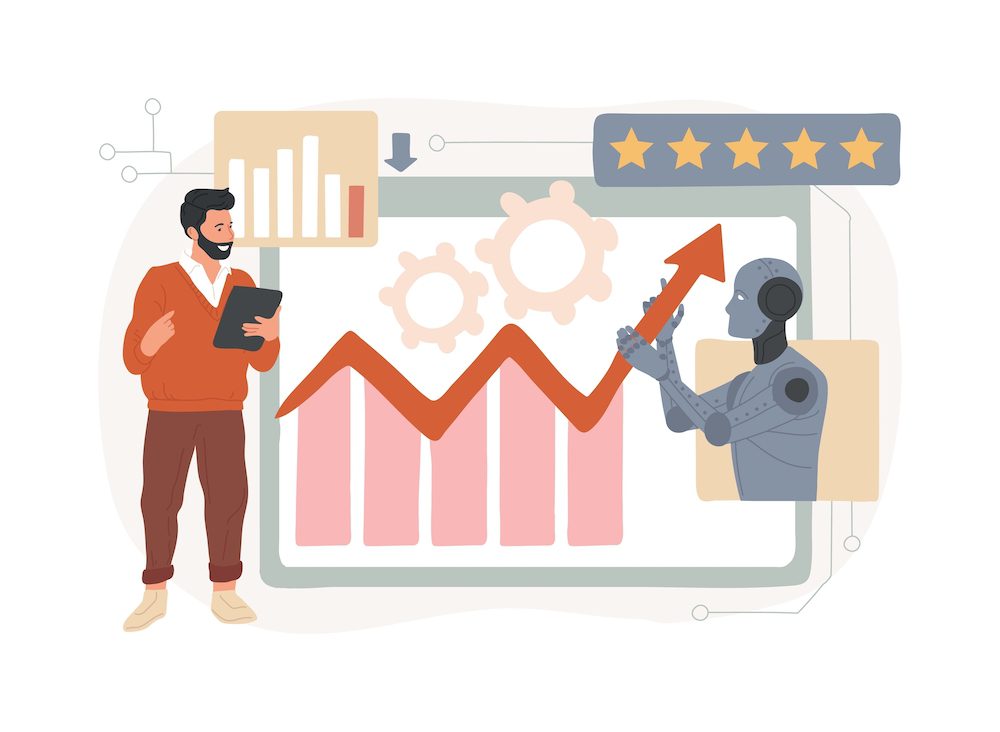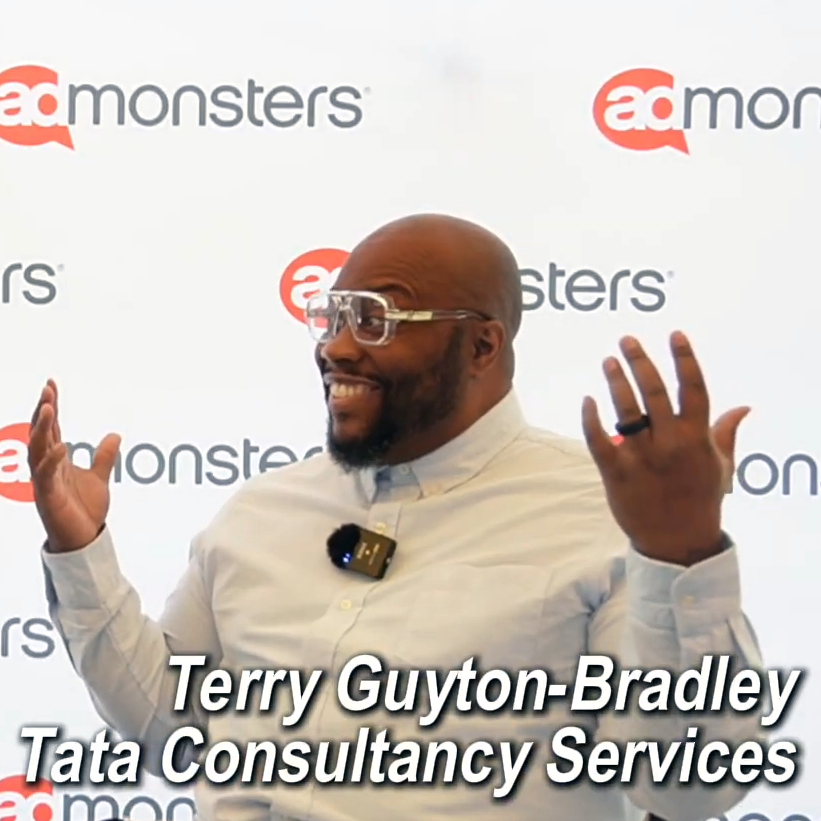
Voters who felt traduced by the controversial returns of the 2000 presidential election between Al Gore and George Bush have long wondered just what the paper ballots with those hanging chads were all about.
When HBO commissioned Civic Entertainment Group to create a bi-coastal event to hype its “Recount” movie, which aired last year about the political machinations during and after the election, a hands-on demonstration of what Florida voters confronted at the polls seemed the most effective approach.
So CEG purchased several of the infamous Votomatic machines used in Florida and set them up in mock polling places at prime locations in New York City and Los Angeles to put curious citizens in virtual polling places. Anyone who went to those polls could readily see how confusing the anachronistic paper ballots really were, and could comprehend how errant chads left the country hanging on the ultimate election result.

“It’s direct delivery to the consumer,” says Stuart Ruderfer, CEG’s CEO. “People are so skeptical of big brands and companies and are trying to figure out who’s on their side.”
If nothing else, this shows that creative events are still being staged, despite the economic downturn. And events still take up a good slice of the average marketing budget.
Yes, some brands have cut back, according to Promo’s 2009 Event Marketing Survey. Nearly 26% of the clients polled reduced their event marketing budgets in 2008, while 16.7% increased them. And 46% remained flat.
Looking ahead, 20.4% project that their event budgets will decline in 2009, while 30.3% said they will rise. And 49.3% expect them to remain constant. However, nearly 21% of respondents indicated that they don’t know what to expect next year.
Over 60% said that events are planned in-house, while 20.2% plan them with their agencies.
A source at Jack Morton Worldwide reported that, while the firm hasn’t seen any client contracts canceled for 2009, some event promotions have been postponed. On the other hand, because so many companies are laying off employees, the firm is fielding more business from clients who no longer have the staff to facilitate activations on their own.
That uncertainty represented a consensus among several executives who offered their personal perspectives on the foreseeable future. “Everybody’s kind of slowed down right now,” says Gust Kouvaris, group president of Aspen Marketing. “Because of the economic downturn, there has been some [downward] pulling on all marketing. It’s a wait-and-see problem through the first quarter of 2009.”
The pressure on budgets makes it incumbent on agencies to devise creative approaches that maximize efficiencies in the dollars spent on them.

“There are so many messages out there, we need to cut through the clutter,” Kouvaris says. “It makes us work harder to find that right mix as well as a creative approach, which is good.”
A recent JVC promotion around Warner Home Video’s release of “The Dark Knight” DVD was a case in point. Aspen street team members disguised as the Joker’s evil clown henchmen cruised through New York City’s Times Square last month distributing instant-win game cards.
People in the area could use mobile handsets to text a keyword to a short code displayed on the large, high-definition billboard above JVC’s Times Square store. Entrants were asked to send the advertised keyword to a mobile code, then reply to the message to enter the sweepstakes.
JVC sweepstakes print ads in national magazines also offered a chance to send a keyword to a mobile short code and be entered for the contest. Mobile marketer HipCricket managed the mobile component around the “Capture the Joker” sweepstakes.
Prizes included a JVC home theater, Everio camcorders and DVD players with “The Dark Knight” DVD.
“There’s no question that there’s an emphasis on quality, on doing the best work and getting the biggest bang,” says CEG’s Ruderfer. “People are being very sure to be careful that there isn’t waste.”
In terms of types of events, the Promo survey results showed that trade shows were used as venues by 50.8% of agencies and their clients. General entertainment events were used by 37.4% of those responding, with sports events at 23% and music events at 18.4%. Retails events ranked just behind entertainment at 36.3%.
Ambush marketing was employed by more than 21% of the companies surveyed, and more than 23% indicated they had been the victims of ambush marketing ploys (when one brand deliberately invades a competitive brand’s event or sponsorship).
Sampling and data collection were the most popular activities used in combination with events, with 53.4% of respondents reporting using them. Sweepstakes, games or contests were used by 50%. Coupon distribution ranked close behind at 47.2%, with local advertising at 39.3% and radio tie-ins at 34.8%.
Pro-social campaigns play a vital role as event drivers, providing prime examples of initiatives in which brands cement relationships with local communities. “In any campaign, if you’re focused in a clear, honest manner on an experience for customers, there’s nothing better to create a long-term relationship with customers,” Ruderfer observes.
CEG helped develop the NFL Network’s “Keep Gym in School” program. That program provided an average of $55,000 in grants for physical education facilities or instructors in four middle schools in New Orleans, Phoenix, Wichita, KS, and Washington, D.C. As part of an ongoing partnership with Cox Communications and local pro teams, the NFL Network brought out local stars in each case to speak to students about the importance of physical education and staying in school.
Players — including Redskins wide receiver Antwaan Randle El, Saints running back Deuce McAllister and Cardinals quarterback Kurt Warner — related their personal stories about their routes to careers in the NFL. “Making that real for the kids in terms of their own experiences, that’s pretty meaningful,” says Kim Williams, NFL Network chief operating officer. “It’s much more of a mentor kind of relationship than a corporate program. When we walk away, there’s a lasting legacy, and it’s not just the refurbishments that we made.”
The program, under the auspices of the NFL’s “Play 60” fitness initiative, will give fans the chance to nominate one more school for a $10,000 grant this season. The program continues indefinitely, with the NFL Network planning to extend grants to more schools each succeeding season.
Despite the general anxiety about market conditions, Velocity Sports is seeing continuing demand in event development. “The experiential side seems to be exploding,” says Michael Reisman, Velocity principal. “You can get immediate feedback from a customer you’re interacting with.”
Digital extensions of live sponsored events are particularly effective, according to Reisman. He cites local concert sponsorships Velocity has executed for AT&T Wireless with performers such Rhianna and Jay-Z. Beyond the local promotions that bring audiences into arenas, AT&T Wireless customers can later gain access to live concert footage online, including backstage interviews.
“The trend we see with clients today focuses around deeply engaged brand experiences,” says Bill Glenn, senior vice president of The Marketing Arm. “We find clients looking for opportunities where they can have time with the consumer and measure that performance.”
One program that The Marketing Arm implemented in San Antonio’s AT&T Center enables people attending the arena to use their mobile handsets to respond to messages posted on the arena scoreboard during basketball games by the Spurs and the WNBA Silver Spurs, during the San Antonio Livestock Exposition rodeo, and at other events. During the Spurs’ games, fans can get information about the team, participate in interactive activities in the arena, and take advantage of special offers from AT&T.
Glenn calls it a “highly successful, highly measurable” mobile marketing ploy that gives clients the kind of concrete results they want these days.
“I think client expectations have increased across the board,” he says, both in terms of creating distinctive event promotions and producing tangible returns. “If you’re not measuring, you’re going to walk away from programs and have a hard time proving them the second time around.”
As for what they’re measuring to determine success, Promo’s survey found that 72% of respondents measure results by sales volume, while 44.7% cited intent to purchase as a prime metric. About 32% of the sample said they look at the amount of engagement time and alteration of brand preference.
Whatever the metric that’s applied, it is clear that event marketing has become a mainstay in most marketing plans, and is likely to maintain that position as companies rely more heavily on direct interaction with consumers to deliver their messages.
As CEG’s Ruderfer puts it: “Over the last several years, event/experiential is a more important, more reliable part of the mix, and people will be more reluctant to cut there than they would have been in the past.”
For more information on events, go to www.promomagazine.com.
Methodology
This survey was conducted for Promo by Penton Research, an in-house firm. It was e-mailed to 9,007 Promo subscribers. Participants were chosen on an nth name basis (a representative sample of all subscribers).
An initial copy of the survey offering a chance to win one of four $50 Amazon.com gift certificates was sent on Oct. 23. A follow-up e-mail was sent to non-respondents.
The base list included readers from corporate brand, agency and retail companies. Results are based on surveys returned by 180 qualified participants.



 Network
Network

